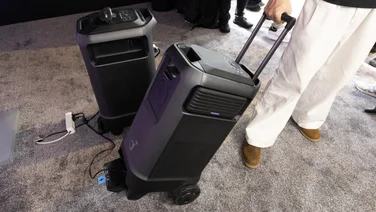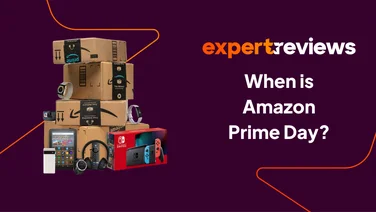To help us provide you with free impartial advice, we may earn a commission if you buy through links on our site. Learn more

Expert Reviews had been told by a TfL ticket inspector that they’re unable to tell if you’ve used Apple Pay or other contactless payment devices, such as Barclays bPay, to actually pay for your fare. This could lead to people riding for free claiming that they’ve paid using one of the new payments systems or, if you run out of battery, a penalty fare.
UPDATE: TfL has finally responded to our initial query and has said that Apple Pay and bPay fare dodgers can be handled by the system. According to TfL, if a ticket inspector asks for your payment information, you have to tap your Apple Pay device to the inspector’s reader. Later on when all of the inspector’s information is uploaded, TfL can check if you tapped in with your Apple Pay device; if you didn’t, you’ll receive a penalty fare charged via Apple Pay. This is the same mechanism used for contactless cards and also applies to Barclays bPay.
“Apple Pay customers should activate the payment app before touching their device on the portable reader for inspection,” said a TfL spokeswoman, “A customer who is found not to have touched in will be subject to the same Penalty Fare as any other customer.”
Our initial information came from two TfL ticket inspectors on a London bus, which we took this weekend. On buses, TfL inspectors print out a list of recent transactions from the bus driver, including the last four digits of any contactless payments. If the card you show them doesn’t appear on the list, then they know that you’re either a fare dodger or that you’ve given them the wrong card. At this point, fare dodgers are given a penalty fare. On the tube, it’s different, as there’s no way to get a list of contactless card numbers, so you just have to tap your card to the inspector’s scanner and, if you didn’t tap in, accept the penalty fee later.
We asked the inspectors what would have happened if we’d have paid using Apple Pay or bPay and were told that TfL’s scanners couldn’t currently process payments. We were also told that at this point there wouldn’t be anything that the ticket inspectors could have done.
The ticket inspectors told us that new devices are being developed that will be able to check payment histories of Apple Pay and bPay devices, but was unable to comment on when this would be available. He stated that new payment methods are something that TfL has had to adapt to, with little to no consultation from the payment companies or hardware manufacturers beforehand. This has meant TfL has had to play catch-up to these new methods.
TfL denies what the ticket inspectors told us and has said that it works “very closely with the payment industry and had worked with Apple for many months before Apple Pay launched”.

As it stands, it appears as though not all staff are sure how to deal with the new payments systems. There are some other pitfalls to avoid, too: TfL has already warned users not to let their devices run out of battery as this puts them at risk of paying a higher fare when riding the London Underground or other services. If your iPhone dies mid-commute and you are unable to touch out at your destination, you will be liable to a maximum fare or penalty fare. The Apple Pay advice page on the TfL website states, “If an inspector asks you to touch your iPhone or Apple Watch on their reader, it will not be able to be read and you could be liable for a penalty fare.”
Many users have reported struggles using Apple Pay on TfL services, so it seems the new payment method and TfL are still yet to work together smoothly. Wired has reported that London passengers have already encountered problems with Apple Pay and ‘card clash’ (using two different payment methods) resulting in being charged the maximum fare. This is because adding payment cards to the iPhone and Apple Watch creates two separate IDs, therefore, any users alternating between the two devices for payment can put themselves at risk of being overcharged if they touch in with one and touch out with the other.






